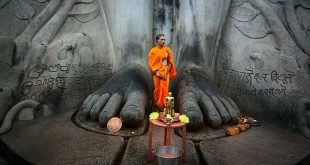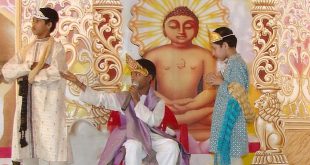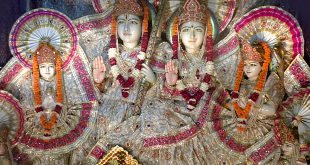New Year signifies an end of the 365 days of the present year and the start of a new year, yet again. It is celebrated all over the world with the same zeal, vigor and enthusiasm. There are lots of preparations undertaken for the event and it can be categorized as one of the occasions that the whole world celebrates together. All across the globe, cities are decorated. Most of the news channels get special reporters and correspondents geared up to show the live coverage of the celebration. For many it’s a new day, a new life and a new beginning. Let us explore more on what makes New Year Day special, by dwelling on the trivia given in the lines below.
Interesting New Year Facts:
- New Year is the oldest of all holidays, as it was first observed in ancient Babylon as many as 4000 years ago.
- Celebrating New Year on January 1 is purely arbitrary, as neither it has agricultural significance nor astronomical. Many countries still celebrate it in spring, the season of rebirth of new crops.
- The Roman senate declared January 1 as the New Year in 153 BC. Though even this date saw major tampering, it was Julius Caesar who again declared January 1 in Julian calendar as the New Year, in 46 BC.
- New Years is still observed as the Feast of Christ’s Circumcision by some denominations.
- The first month of the year i.e. January has been named after God Janus (Latin word for door), in the Roman calendar. Janus is the God with two faces, one looking backwards and one forward, at the same time and marks the ‘spirit of the opening’
- The Romans began a tradition of exchanging gifts on New Year’s Eve, by giving one another branches from sacred trees, for good fortune. The gift phenomenon is prevalent from those times, till date.
- January 1 was revived as New Year in 1582, by the Gregorian calendar and so celebrated by most of the countries till date.
- New Year is celebrated like a festival throughout the world and everyone around is in festive mood, partying, singing and dancing to ring out the old year and ring in the new.
- In Britain, when the Big Ben clocks strikes 12, everyone gathers around to sing ‘Auld Lang Syne’, a Scottish song. It was written by Robert Burns in the 1700’s, literally meaning “old long ago,” or simply, “the good old days”, to remember old and new friends.
- It was once believed that the first visitor on New Year’s Day would bring either good luck or bad luck for the rest of the year, depending on who he/she was.
- Many cultures believe that anything given or taken on New Year, in the shape of a ring is good luck, because it symbolizes “coming full circle”.
- Many parts of the U.S. celebrate New Year by consuming black-eyed peas and other legumes, as it has been considered good luck in many cultures.
- The tradition of making New Year resolution dates back to the early Babylonians.
- Traditionally, it was thought that people could alter the luck they would have throughout the coming year by what they did or ate on the first day of the year. It has, therefore, become important to celebrate first day of the New Year in the company of family and friends.
- The Spanish ritual on New Year’s eve is to eat twelve grapes at midnight. The tradition is meant to secure twelve happy months in the coming year.
- Noisemaking and fireworks on New Year’s Eve is believed to have originated in ancient times, when noise and fire were thought to dispel evil spirits and bring good luck.
 Kids Portal For Parents India Kids Network
Kids Portal For Parents India Kids Network







